
Fundamentals
The concept of Mixed Hair Traditions, within Roothea’s ‘living library,’ transcends a mere biological description of diverse hair textures. It signifies a profound cultural and historical understanding, an ancestral legacy carried within each strand. At its core, this designation represents the collective wisdom, practices, and expressions that have emerged from communities possessing a spectrum of textured hair types, particularly those of Black and mixed-race heritage.
It is a recognition that hair, in these contexts, has never been a simple physiological attribute; rather, it serves as a powerful conduit of identity, a visual lexicon of lineage, and a sacred vessel of memory. The initial meaning of Mixed Hair Traditions, as understood by ancestral communities, was deeply interwoven with the fabric of daily life and spiritual belief.
In pre-colonial African societies, for instance, hair was a profound symbolic tool, utilized to communicate a person’s social standing, heritage, cultural affiliation, spiritual devotion, and many other aspects of community life. Hairstyles acted as a visual language, capable of conveying age, marital status, occupation, religious ties, and even one’s geographic origin. For the Yoruba people of Nigeria, hair was considered the most elevated part of the body, a spiritual antenna that facilitated communication with the divine.
The care rituals surrounding hair were communal activities, often spanning hours or days, fostering deep social bonds among family and friends. This collective approach to hair care solidified its designation as a shared heritage, where knowledge and techniques were passed down through generations.
Mixed Hair Traditions embody the ancestral wisdom and cultural practices that elevate hair beyond aesthetics, viewing it as a living chronicle of identity and community.
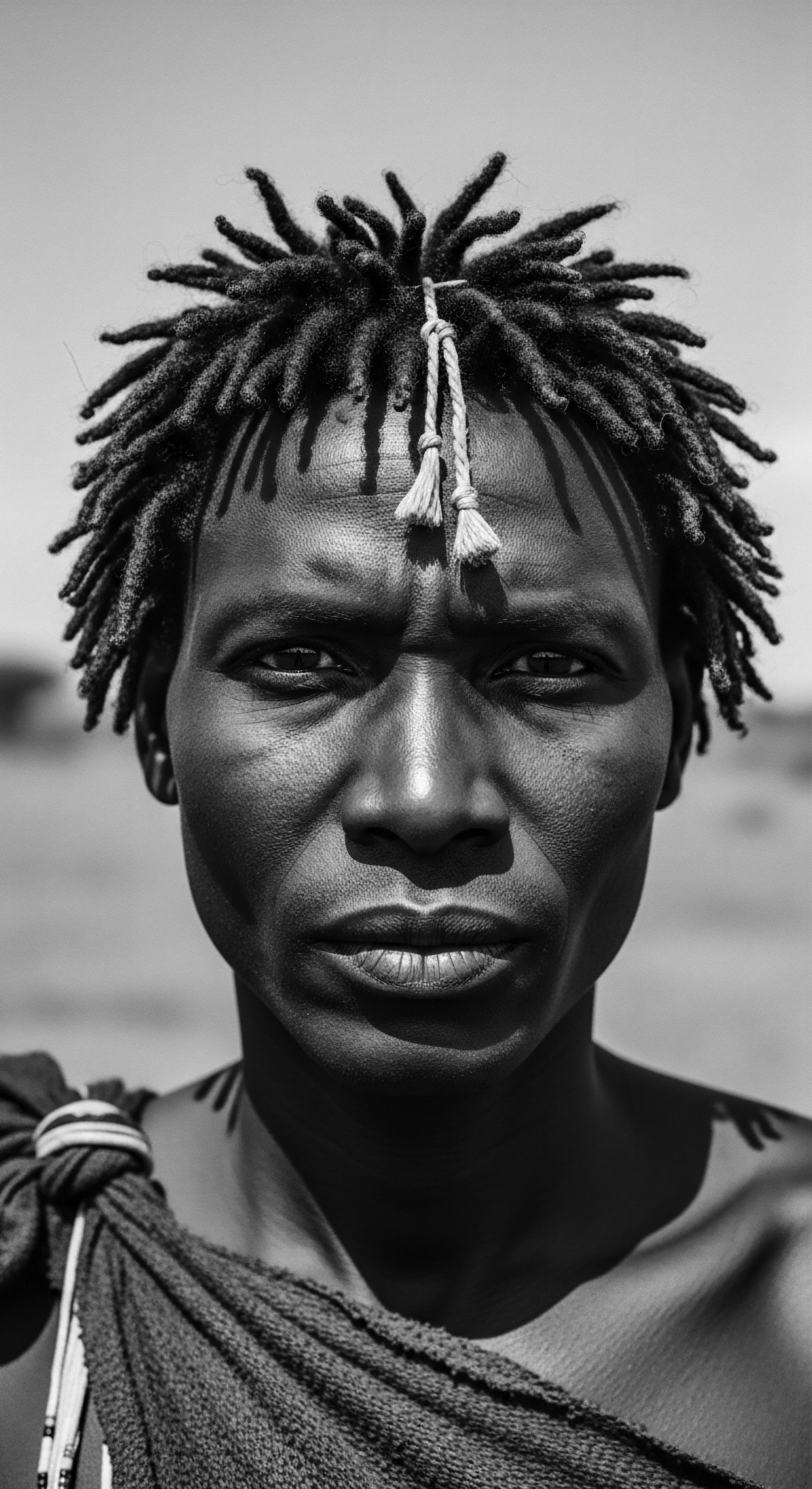
Echoes from the Source ❉ Hair as Ancestral Map
The elemental biology of textured hair, with its unique curl patterns and structural variations, was intuitively understood and honored by ancient peoples. Rather than a challenge, this diversity was a canvas for expression and a marker of group belonging. Traditional care practices, such as the application of natural oils, herbs, and clays, were not merely cosmetic; they were deeply rooted in a sophisticated understanding of hair’s needs, often validated by modern science.
For example, ancient Egyptians used fenugreek and aloe vera for their hair, ingredients now recognized for their hydrating and strengthening properties. This early explication of care was holistic, connecting the health of the hair to the well-being of the individual and the collective.
Traditional tools, such as combs, pins, and razors, were crafted with intention, reflecting the artistry and ingenuity of these ancestral practices. The significance of adornments, like beads, cowrie shells, and metal discs, further delineated social roles, marital status, and tribal lineage. The patterns themselves held meaning; some could signify a woman’s fertility or rank within her community, while others were used in initiation ceremonies. The collective consciousness of these communities recognized that hair, in its myriad forms, was a direct link to their past, a tangible connection to their ancestors, and a vibrant expression of their living heritage.
The foundational understanding of Mixed Hair Traditions, therefore, is not a modern construct but a continuation of ancient wisdom. It clarifies that the multiplicity of hair textures, far from being a singular challenge, has always been a source of profound cultural richness and a testament to human adaptability and creativity. This designation underscores the deep respect for the hair’s inherent nature, acknowledging its spiritual and social dimensions long before scientific classifications emerged.
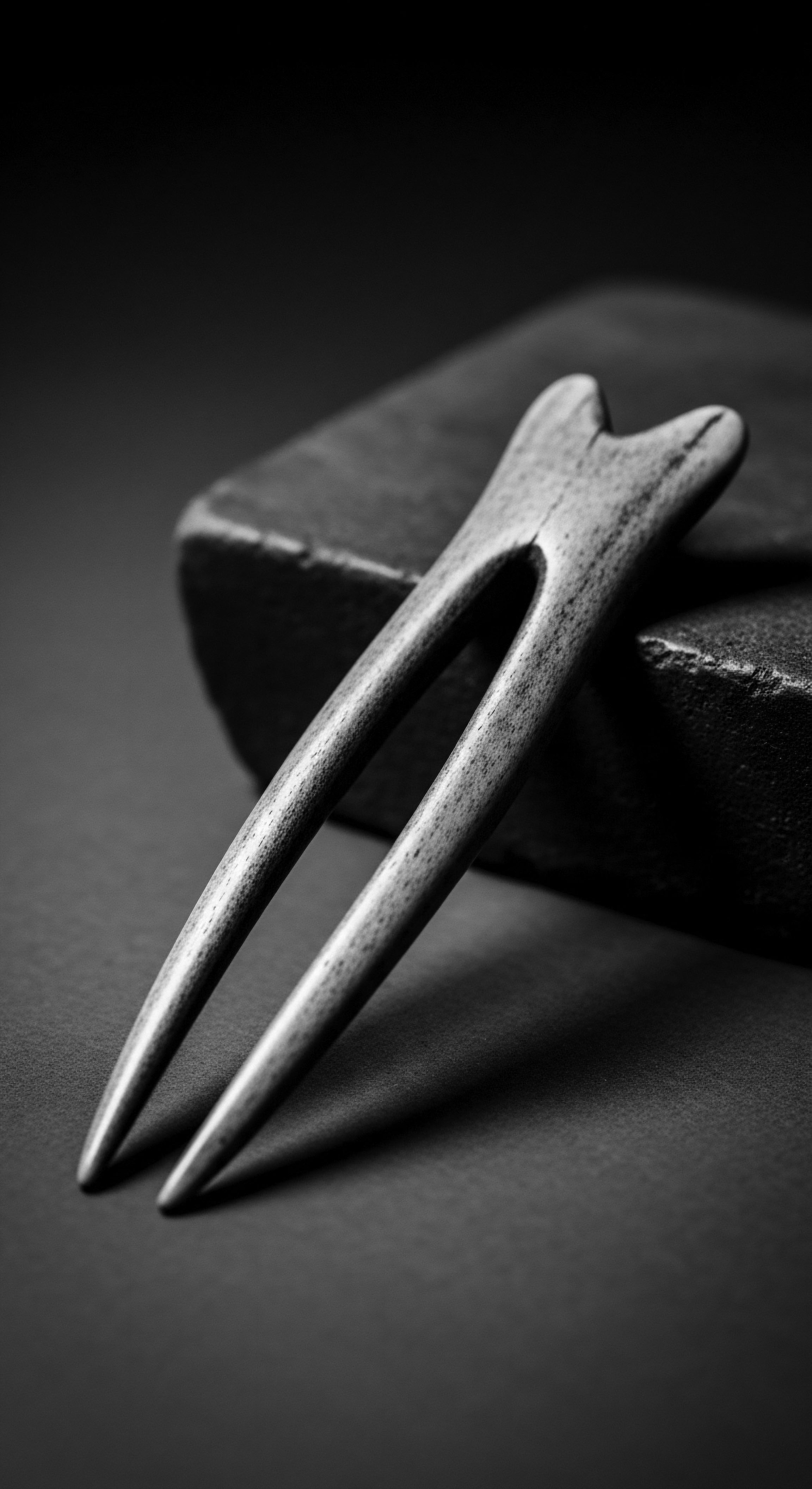
Intermediate
Moving beyond the foundational understanding, the intermediate meaning of Mixed Hair Traditions delves into how these heritage practices have been passed down, adapted, and sustained through generations, particularly within the African diaspora. This level of understanding highlights the dynamic interplay between tradition and adaptation, demonstrating the enduring resilience of textured hair heritage in the face of historical adversity and evolving social landscapes. The significance of Mixed Hair Traditions at this stage becomes less about initial cultural meaning and more about the ongoing act of preservation, resistance, and self-definition.
The transatlantic slave trade presented a profound disruption to these deeply rooted traditions. Enslaved Africans were often forcibly stripped of their hair tools, their hair shaved or neglected, as a deliberate act to dehumanize them and sever their connection to identity and homeland. Despite these brutal efforts, ancestral hair care practices persisted, transformed by necessity and imbued with new layers of meaning.
Braiding, for instance, became a quiet yet potent act of resistance and cultural preservation. Enslaved women would braid each other’s hair, a communal activity that maintained social bonds and served as a means of communication.
The ongoing adaptation of Mixed Hair Traditions across generations speaks to the indomitable spirit of communities preserving their hair heritage through adversity.

The Tender Thread ❉ Continuity and Adaptation in the Diaspora
A powerful, yet less commonly cited, historical example illuminating the Mixed Hair Traditions’ connection to textured hair heritage and ancestral practices during the era of enslavement involves the ingenious use of cornrows. In some regions of the diaspora, particularly in the Caribbean and parts of South America like Brazil, cornrows were not merely decorative; they served as covert maps for escape routes. Enslaved individuals would weave intricate patterns into their hair, with specific designs or the number of braids indicating paths to freedom, directions to safe houses, or even routes to water sources.
This practice, often accompanied by hiding rice seeds or other small provisions within the braids for sustenance during escape, exemplifies the profound resilience and strategic brilliance embedded within these hair traditions. (Roza & Nascimento, 2020) This silent, visual language was a direct continuation of the communicative function hair held in pre-colonial Africa, adapted under extreme oppression.
The post-slavery era brought new pressures, as Eurocentric beauty standards gained wider societal currency. Many individuals faced discrimination and societal pressure to straighten or alter their hair to conform to these norms, impacting self-perception and access to opportunities. Yet, even through this period, the legacy of Mixed Hair Traditions endured.
The invention of tools like the hot comb and the emergence of early Black haircare entrepreneurs, like Madam C.J. Walker, represented complex responses to these pressures, offering means of hair management that, while sometimes aligning with assimilationist ideals, also provided economic independence and a focus on Black hair needs.
The evolution of Mixed Hair Traditions showcases a continuous dialogue between ancestral wisdom and the demands of new environments. It highlights how practices like oiling, braiding, and the use of natural ingredients, once sacred rituals, transformed into acts of cultural preservation and self-affirmation. The meaning of these traditions deepened, embodying not only connection to lineage but also the strength to adapt and persist.
| Pre-Colonial African Practice Communal Braiding ❉ A social ritual for bonding, conveying status, and transmitting cultural knowledge. |
| Diaspora Adaptation/Significance Braiding as Resistance ❉ Covert communication (maps, messages), preservation of identity, and quiet defiance against forced assimilation. |
| Pre-Colonial African Practice Natural Ingredient Use ❉ Reliance on indigenous herbs, oils, and clays for hair health and spiritual connection. |
| Diaspora Adaptation/Significance Resourceful Care ❉ Adaptation to available materials, using animal fats, kerosene, and cornmeal for cleansing and conditioning. |
| Pre-Colonial African Practice Hair as Spiritual Conduit ❉ Belief that hair connected individuals to ancestors and the divine, leading to careful handling. |
| Diaspora Adaptation/Significance Hair as Identity Marker ❉ A visual symbol of heritage and resilience, despite attempts to strip away cultural markers. |
| Pre-Colonial African Practice These transformations demonstrate the enduring spirit of Mixed Hair Traditions, showcasing how cultural practices adapt while retaining their profound historical and personal meaning. |
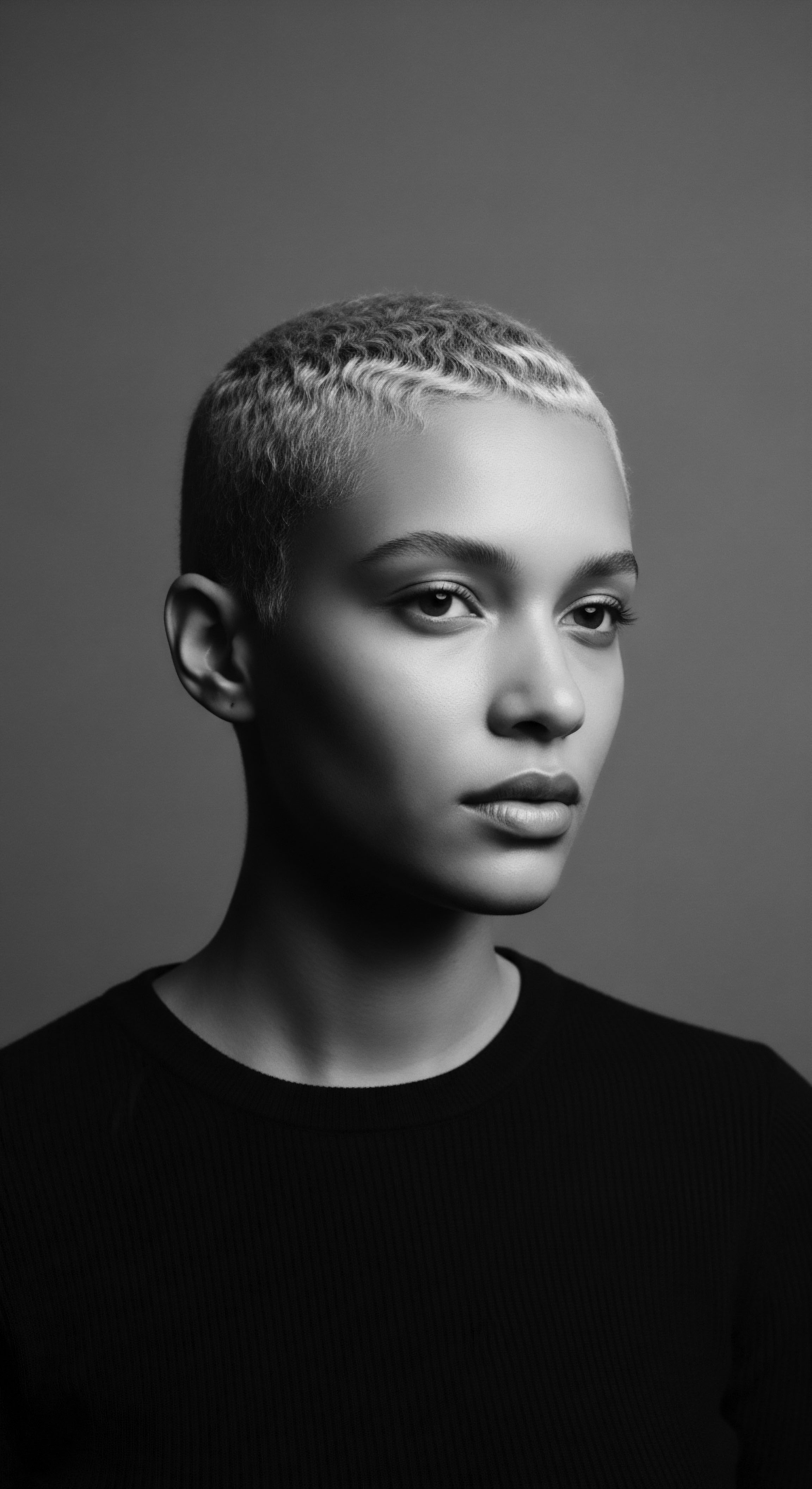
Academic
The advanced level definition of Mixed Hair Traditions encompasses a sophisticated understanding, drawing from anthropology, historical sociology, and contemporary hair science to articulate its full meaning and enduring significance. This designation refers to the complex, intergenerational body of knowledge, adaptive practices, and cultural expressions that pertain to the care, styling, and social interpretation of hair textures arising from diverse genetic ancestries, with a particular emphasis on the heritage of Black and mixed-race communities. It is an acknowledgment of hair as a dynamic biological entity and a potent socio-cultural artifact, a living archive of collective memory and individual experience. The meaning of Mixed Hair Traditions extends beyond mere phenotype; it is a lens through which to examine power structures, identity formation, and the continuous reclamation of selfhood.
From a biological perspective, textured hair, particularly that of African descent, exhibits unique characteristics in its follicular structure, curl pattern, and moisture retention capabilities. These intrinsic qualities necessitate specific care methodologies that ancestral communities intuitively developed over millennia. Modern trichology now provides scientific validation for many of these time-honored practices.
For example, the use of oils and butters, common in traditional African hair care, aligns with the need to supplement the natural sebum distribution challenges faced by tightly coiled hair, which struggles to travel down the hair shaft due to its helical shape. This scientific elucidation reinforces the deep practical wisdom embedded in ancestral care.
Mixed Hair Traditions are a testament to the complex interplay of biology, history, and cultural ingenuity, continually shaping and affirming identity.
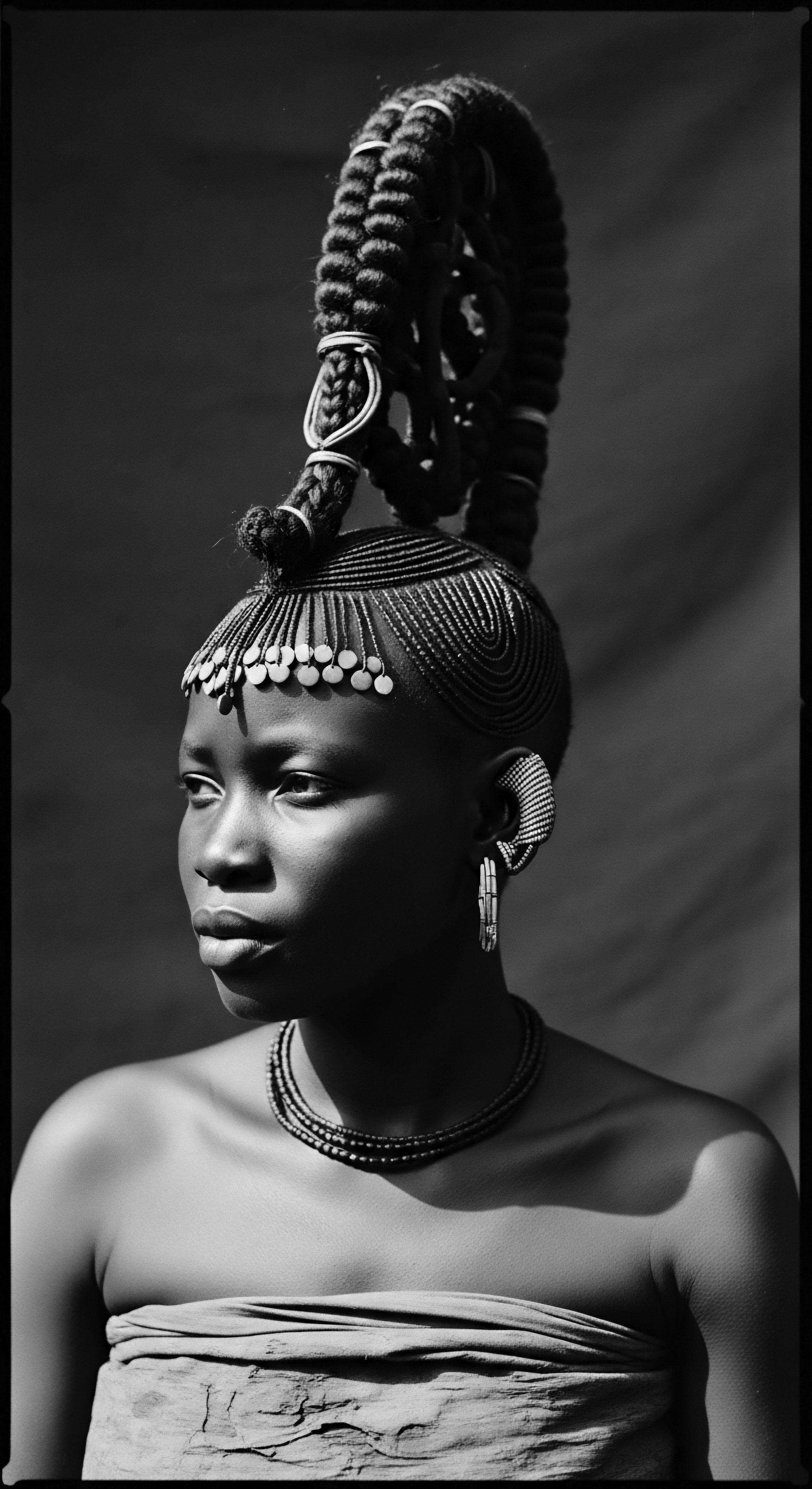
The Unbound Helix ❉ Identity, Resilience, and Future Expressions
Anthropological studies reveal that hair has functioned as a powerful signifier across pre-colonial African societies, communicating intricate social hierarchies, life stages, and spiritual affiliations. This historical precedent informs the contemporary understanding of Mixed Hair Traditions as a site of profound psychological and social significance. For individuals of mixed racial heritage, hair texture often becomes a primary physical feature through which racial identity is perceived and sometimes invalidated by others.
Research indicates that individuals with phenotypically Black hair, regardless of other racial backgrounds, are frequently categorized as Black by society, influencing their self-identification. This phenomenon underscores how the visual characteristics of hair texture can dictate external perceptions and internal identity processes for mixed-race individuals, highlighting the ongoing societal pressures that shape their experience of Mixed Hair Traditions.
The evolution of Mixed Hair Traditions within the diaspora represents a continuous act of self-assertion and cultural affirmation. During the Civil Rights Movement in the 1960s and 1970s, the Afro hairstyle emerged as a powerful symbol of Black pride and a rejection of Eurocentric beauty standards. This period marked a significant reclamation of natural hair, transforming it into a political statement and a visible declaration of heritage. The return to natural textures, including braids, twists, and locs, was not merely a stylistic choice; it was a conscious decision to honor ancestral aesthetics and resist assimilationist pressures.
The contemporary landscape of Mixed Hair Traditions is a vibrant testament to this enduring legacy. It reflects a growing recognition of diverse hair needs and a celebration of unique textures. The market for products specifically formulated for textured hair has expanded, often drawing inspiration from traditional ingredients and methods, marrying ancestral wisdom with modern scientific advancements.
This convergence fosters a holistic approach to hair care that respects its biological realities while honoring its rich cultural narrative. The ongoing dialogue surrounding hair in Black and mixed-race communities, encompassing issues of discrimination, representation, and self-acceptance, reinforces the profound cultural and historical weight carried by Mixed Hair Traditions.
- Hair as a Cultural Language ❉ Before colonization, intricate hairstyles served as a sophisticated system of communication, conveying age, marital status, social rank, and tribal identity within African communities.
- Resilience through Styling ❉ During enslavement, hair became a hidden tool of resistance, with braids concealing seeds or forming coded maps for escape, demonstrating ingenuity under oppression.
- Identity Reclamation ❉ The Natural Hair Movement of the 20th century transformed textured hair into a powerful symbol of Black pride, a deliberate rejection of Eurocentric beauty standards, and an assertion of cultural heritage.
| Traditional Practice Oiling/Buttering Hair and Scalp (e.g. shea butter, coconut oil, baobab oil). |
| Scientific Principle/Benefit Moisture Retention and Sealing ❉ Lipids in oils and butters help to coat the hair shaft, reducing transepidermal water loss and preventing dryness common in coiled hair due to its elliptical shape and fewer cuticle layers. |
| Traditional Practice Protective Styling (e.g. braids, twists, locs). |
| Scientific Principle/Benefit Minimizing Mechanical Stress ❉ Reduces daily manipulation, tangling, and breakage, preserving hair length and strength. Protects delicate ends from environmental damage. |
| Traditional Practice Herbal Rinses and Treatments (e.g. aloe vera, fenugreek, rosemary). |
| Scientific Principle/Benefit Scalp Health and Hair Fortification ❉ Many herbs possess anti-inflammatory, antimicrobial, and stimulating properties that promote a healthy scalp environment and strengthen hair follicles. |
| Traditional Practice Communal Hair Grooming. |
| Scientific Principle/Benefit Psycho-Social Well-being ❉ Fosters social bonding, intergenerational knowledge transfer, and a sense of community belonging, contributing to mental and emotional health. |
| Traditional Practice The enduring effectiveness of ancestral hair care practices is increasingly affirmed by scientific inquiry, highlighting the profound and intuitive understanding of textured hair characteristics held by past generations. |
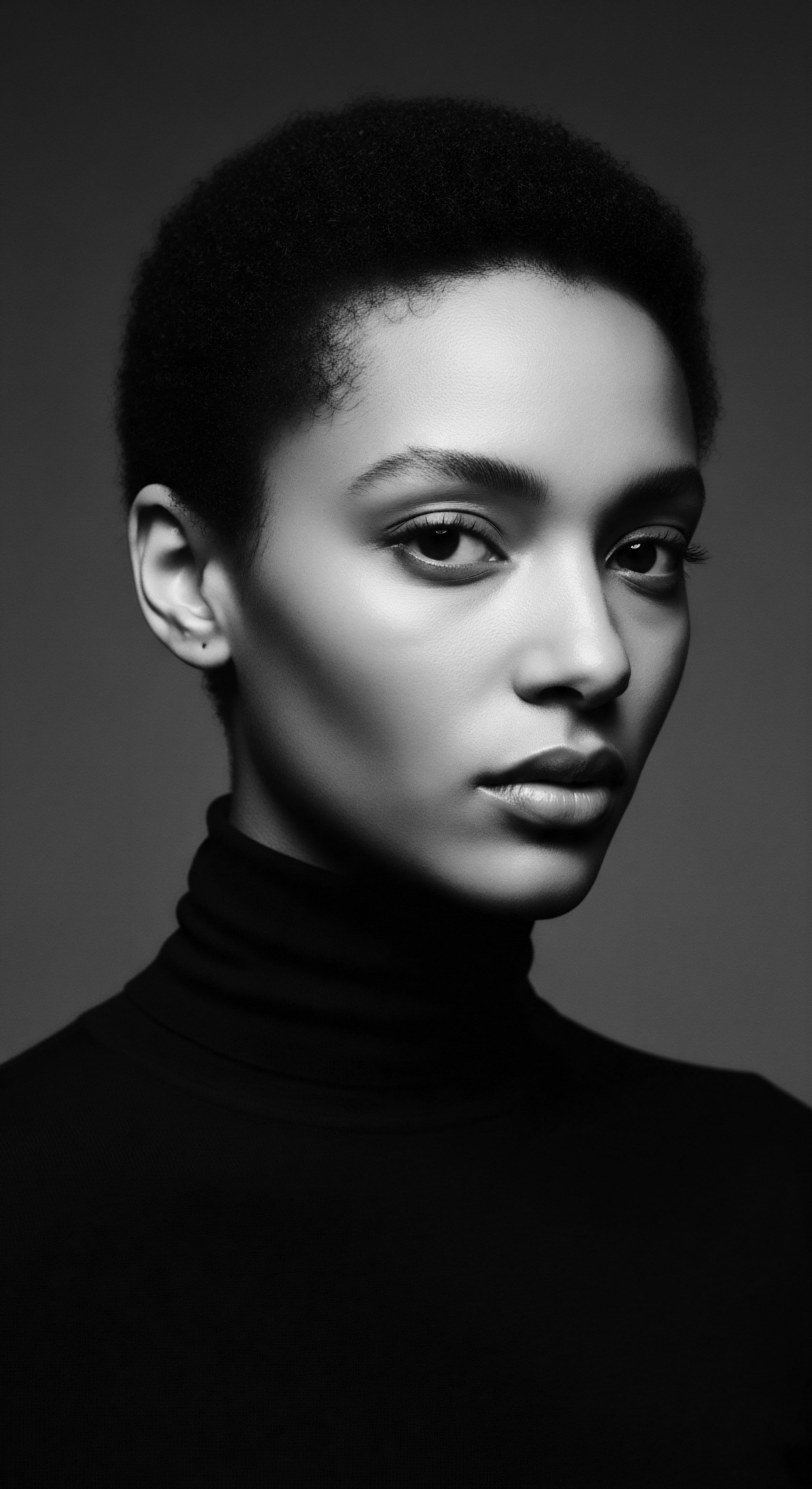
Reflection on the Heritage of Mixed Hair Traditions
As we draw our exploration of Mixed Hair Traditions to a close, we recognize that this concept is far more than a historical footnote or a scientific classification. It is a living, breathing testament to the resilience of the human spirit, a vibrant celebration of identity, and a profound connection to ancestral wisdom. Each curl, coil, and wave carries the echoes of countless generations, bearing witness to journeys of migration, moments of profound joy, and acts of quiet defiance. The Soul of a Strand ethos invites us to perceive hair not merely as keratinized protein, but as a sacred extension of self, a dynamic expression of lineage, and a canvas upon which personal and collective stories are etched.
The narrative of Mixed Hair Traditions reminds us that beauty standards are not static; they are fluid constructs, often shaped by power dynamics, yet continuously reshaped by the enduring will of people to honor their authentic selves. The wisdom passed down through ancestral care rituals, once dismissed or suppressed, now finds its rightful place, offering guidance for holistic well-being and affirming the deep connection between physical care and spiritual nourishment. To engage with Mixed Hair Traditions is to participate in an ongoing dialogue with history, to recognize the profound strength inherent in textured hair, and to honor the vibrant cultural heritage that continues to shape and enrich our world. This living library, Roothea, seeks to ensure that these invaluable traditions are not only remembered but also revered, serving as a beacon for future generations to cherish their unique hair stories.
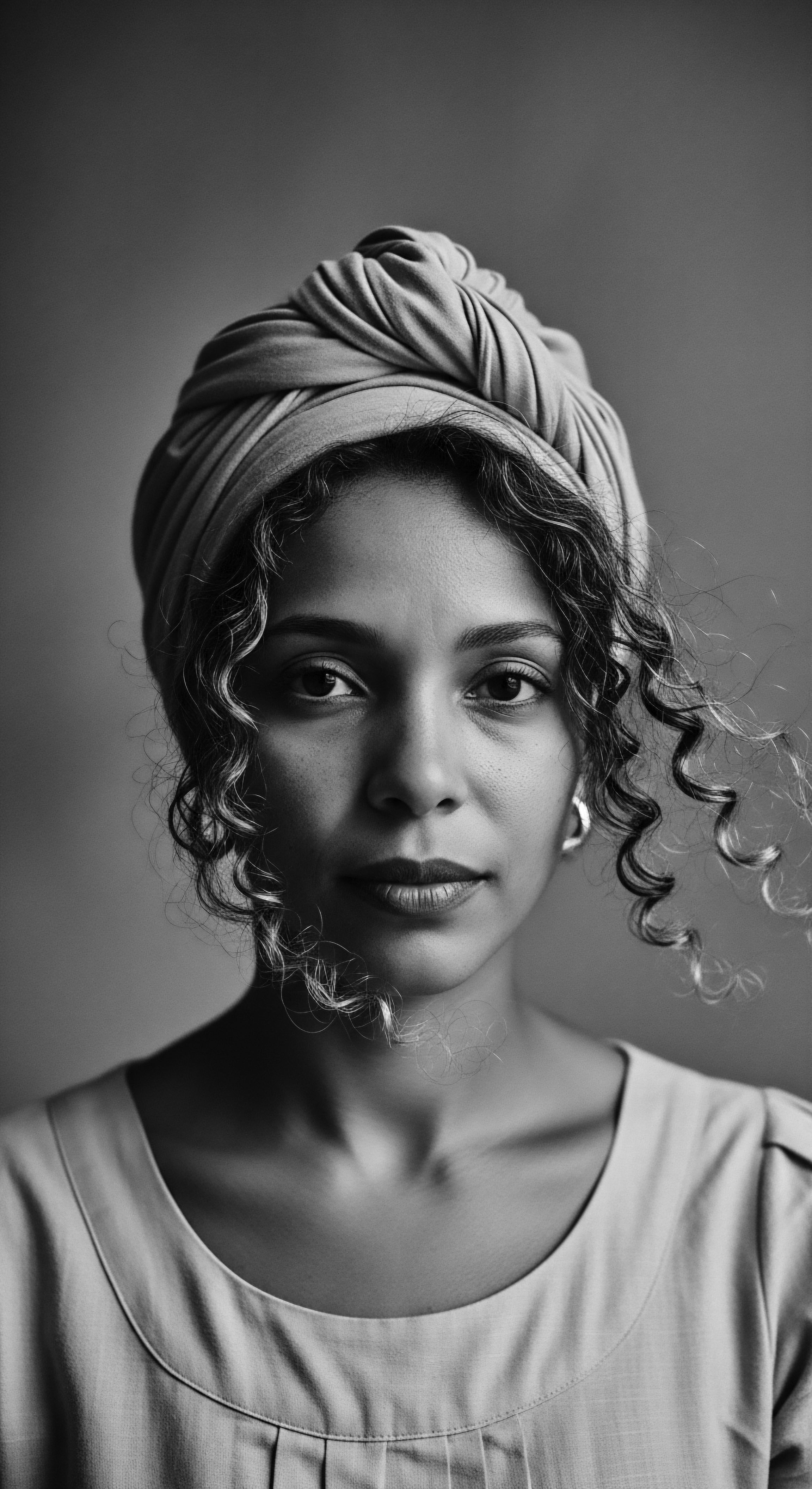
References
- Byrd, A. D. & Tharps, L. (2001). Hair Story ❉ Untangling the Roots of Black Hair in America. St. Martin’s Press.
- Khanna, N. (2011). Biracial in America ❉ Resolving Racial Identity Conflicts. Lexington Books.
- Omi, M. & Winant, H. (2011). Racial Formation in the United States (3rd ed.). Routledge.
- Randle, L. (2015). Hair Matters ❉ African American Women and the Cultural Politics of Hair. Routledge.
- Renn, K. A. (2006). Mixed Race Students in College ❉ The Ecology of Race, Identity, and Community on Campus. State University of New York Press.
- Rosado, T. (2003). Hair and the Black Female Body ❉ The Politics of Hair in the African Diaspora. Routledge.
- Sieber, R. & Herreman, F. (2000). Hair in African Art and Culture. Museum for African Art.
- Sims, A. (2016). Racial Identity and Mixed-Race People in the United Kingdom. Palgrave Macmillan.
- White, L. (2000). Speaking with Vampires ❉ Rumor and History in Colonial Africa. University of California Press.
- Roza, G. & Nascimento, J. (2020). Enraizadas (Documentary Film). Curta Diaspora Festival.
